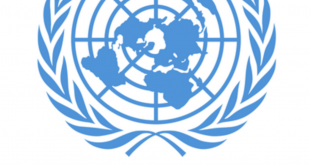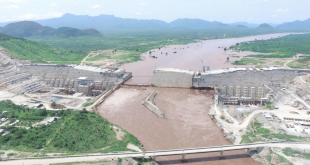The Arab Spring took a dark turn in Libya, and nine years later not much has changed.
Ziad Akl
Last Monday, 17 February, marked the ninth anniversary of the Libyan Revolution. Back in 2011, the Libyan Revolution was part of a snowballing process that began in Tunisia, spread to Egypt and finally Libya. North Africa was the core of the political unrest the Arab world witnessed in 2011.
It is very common in the comparative history of revolutions to see different patterns of protesting, but if it is a snowballing effect, this means that while techniques and dynamics of protest may vary from one place to another, the main goals or the framework that covers different grievances remain almost the same.
Libya, however, proved to be a different pattern altogether in comparison to other cases in the Arab Spring. Both Tunisia and Egypt saw a building process of collective action over the course of years, the result of which was political and popular protest leaving a vacuum in the presidential seat of power. In the absence of a legitimate president, the armed forces in both countries assumed interim power.
However, Libya took a completely different track, because the beginnings of the 17 February revolution did not witness the amount of mobility and political participation of the two other models. Libya more or less suddenly blew up, and it was the first case to witness phenomena like old regime defections; alternative bodies of power and the collapse of state institutions in a very short time. This pattern would be repeated later in Syria and Yemen, each according to its context of course. But Libya was indeed the starting point.
The pattern in which revolution starts dictates through several factors how the process continues. Libya was in a state of lost control, over different state institutions that were unable to meet their responsibilities towards the people and towards the country’s international commitments. The obvious lack of control and the arms that were widespread led to the weakness of all transitional solutions that were proposed at the time.
The ones that were implemented were not practical enough, and the ones that were rejected caused further divisions within the already vulnerable structures that existed at the time. This pattern still exists until today and is clearly reflected on all the various initiatives that multiple states and international organisations tried to come up with. The combination of weak and challenged legitimacies, the failure to control the flow and use of arms, and ongoing divisions between actors in the Libyan interior govern the Libyan crisis since it began.
Nine years later, the revolution broke out in Benghazi, the international community remains a problem due to the clash of interests between the various factors involved, on the one hand, and the state of polarisation that the influence of the international community creates within the Libyan interior on the other. During the period from 2011 to 2014, there were a few international actors that had their eyes fixed on Libya, and they still do until today. These include Egypt, Italy, France, Algeria and Tunisia. But since the political division that took place in 2014, new strategies and new alliances were built across regional and international fault lines that connect the interests of a wide range of powers. At that time, the UN started to be more active, and this activism ended up with the inclusion of more international actors like Germany, Russia and the UAE.
The final outcome was the Skhirat Agreement, signed in Morocco in December 2015. As much as there was a state of optimism after following that agreement, those who closely followed, the Libyan issue knew that it was only a matter of time before this agreement proved to be a new failure for the international community’s interventions in Libya, either politically or militarily. So, once more, we realise that the international community was in a state of confusion at the beginnings of the Libyan Revolution. Without a clear plan of military procedures, or even an exit strategy, NATO stepped in and caused severe damage to the overall political and security conditions. Today, we find that the international meetings and conferences play the same role played back in 2011; a willingness to intervene but without any future visions for what should come after this intervention.
Finally, the military aspect is one of the dimensions that did not change much over the past nine years. Among the factors that contribute to how the conflict remains active, is the very close balance of power that exists inside Libya. Military confrontations have been occurring in Libya since 2011, of course with varying degrees of intensity. However, the same pattern applies: no party is capable of gaining or maintaining the upper hand militarily in the conflict. So, in light of the repeated failures of political initiatives and the lack of a military upper hand, it is only expected for the conflict to last for some time, and perhaps beyond 2020.
Yes, it has been nine years, since 17 February saw an eruption in the Libyan east, but lots of evidence shows that the situation in 2020 is no different than the situation in 2011. Core issues remain unresolved that constitute barriers that deconstruct any attempts towards a political settlement. What all parties have to offer is nothing but temporary pain killers that deals with the symptoms, without providing a cure.
*The writer is director of the Programme for the Mediterranean and North Africa Studies at the Al-Ahram Centre for Political and Strategic Studies.
From: Al-Ahram Weekly






